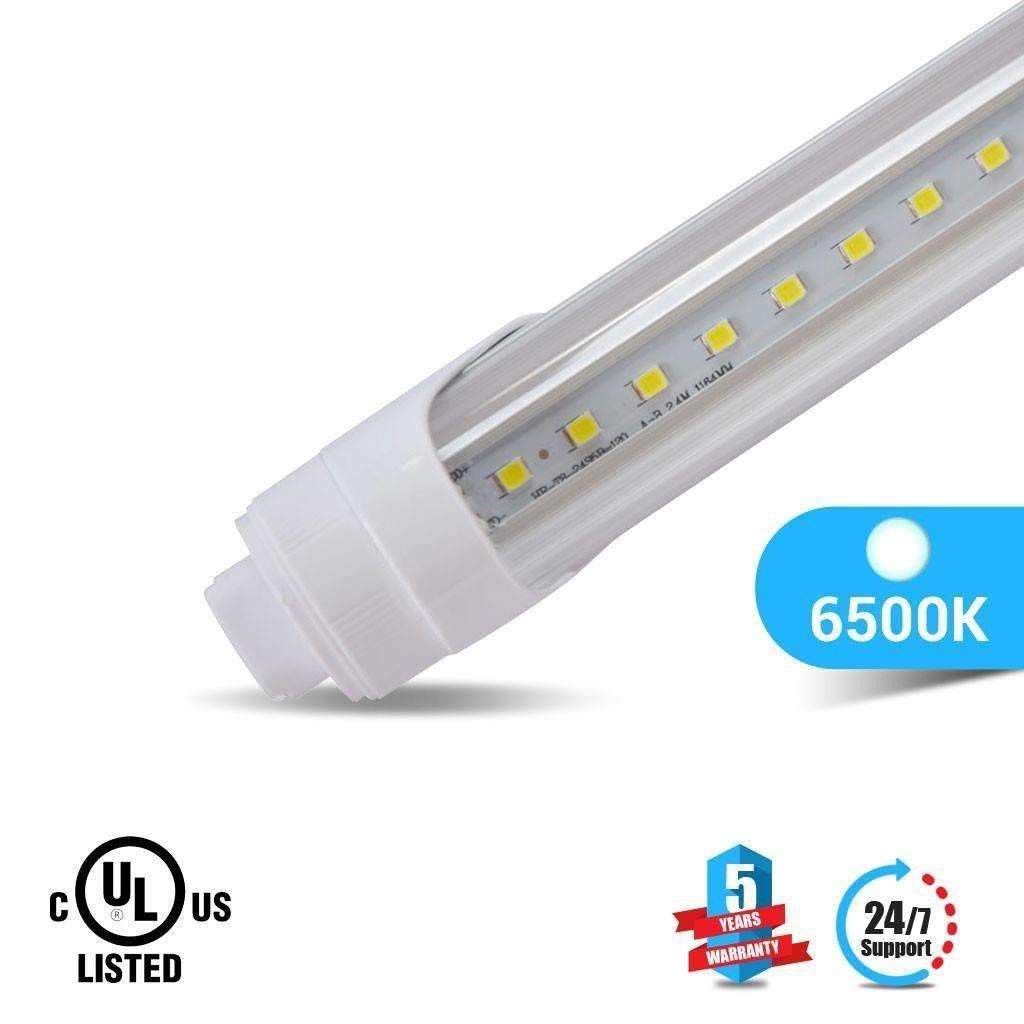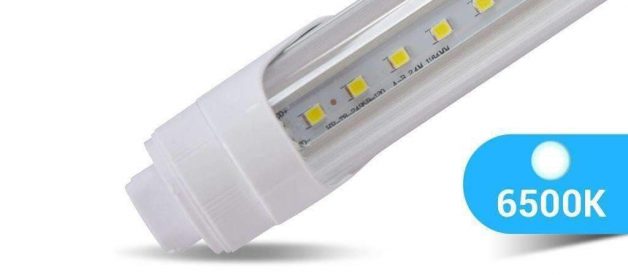
There might be several LED lighting products such as LED T8 tubes, LED Cooler tubes, LED A-Type bulbs and LED Panels that may come in 6500 Kelvin to be informally called as 6500K LED lighting products. And, then, you may also come across 6000?6500K LED Strip Lights for both outdoor and indoor applications. LED lighting as you may take note of, comprise of different lighting products, each product being an assortment of different wattages, lumens, sizes, color temperatures, CRI (Color Rendering Index) put together to work at a different voltage range.
So, how would you go about deciding the LED lighting product that works best for you? For your kitchen, bathroom, office, home garden, sports or play area; for food processing and outdoor security; for all your indoor and outdoor needs?
When comparing with the conventional bulbs, you knew that T8 fluorescent tubes could be used for all industrial and commercial spaces, the high discharge lamps may be used to light up your home outdoor and other industrial spaces while halogen and incandescent for residential purposes. Well, usually the manufacturer or the sellers of these LED lighting products are there to help you with the usage of any product but it?s better to understand few terms for your knowledge and understanding so that you don?t remain confused or get fooled when talking to the wholesaler or retailer.
Kelvin is the unit of color temperature or, when put forth the other way, a color temperature is got to be measured in Kelvin (K). And, color temperature of a bulb or a lamp means how the light emanating from it would appear to the naked eye of a human body. In just the way that a Celsius or a Fahrenheit is defined, a Kelvin too is, with an important difference between them being that, when considering a thermodynamic scale, a Celsius stands at ? 273.15 degrees and Fahrenheit at ? 459.67 degrees, both at an absolute zero, whereas a Kelvin is 0 Kelvin at an an absolute zero. More the Kelvin is increased, more is the color temperature and so different colors being observed by the human eye.
So, did you get reminded of a rainbow? How is it made? Sun looks white or little yellow but how is the rainbow in seven different colors? Well, Sunlight is actually made up of seven different colors such as red, yellow, orange, blue, indigo, green and violet but the moment it rains and the sunlight is able to pass through the rain drops, a rainbow is formed.
So, when the makers of LED (this includes, ofcourse, making of ? 6500K LED products) took into account the color temperature, they could make warmer lights (those which have a lower color temperature) to be made use of in public spaces so as to promote a better ambience for relaxation of mind and body, while cooler lights (those that have a higher color temperature) to be used in schools, colleges, operation theaters in hospitals or any other industrial or commercial space where task lighting would be of great value to impart a high level of concentration.
A lot of times, metal workers, who have a great knowledge of all metals can determine the temperature of hot metals, by just looking at those metals change their colors. And, surprisingly enough, we always tend to associate warm or hot colors with ?red? and a cool color being ?blue? or ?green? but that?s not what it is, when we speak of lights in the color temperature terms.
6500K LED light bulb and what does this mean?
We must make note of the fact that most of the halogen or incandescent bulbs that are available in the market come in the Kelvin range of 2700?3000K. Whereas, metal-halide lamps or fluorescent and LED bulbs come in the color temperature range of 2700?6500K. And also that a Kelvin is used quite subjectively as ? candle light being of a warm yellow color at 1800K whereas a bulb with 2700K color temperature means warm white. A portrait photo studio would have a color temperature of 3200K reflecting a color as neutral white.
As the color temperature decreases from 2700K to 3000K, the color of the light would appear less yellow and more white. A color temperature of 5000K and above would mean a color to be of bluish white whereas a color temperature of the range 6000K-7000K refers to daylight, though the daylight bulbs could have slight variations in them. For example, the color temperatures between 4000K ? 6500K would mean ? sunlight at noon.
While the LED lighting products may be manufactured to produce colors in different tones, from white light to cool blue light, a 6500K LED lighting product would mean exactly ? a cool daylight.
Choosing the right color temperature
Now that you know what a 6500K LED light means, you must understand the significance of colors when mentioned on the light bulb packs.
If a product says, it?s a ?warm white light?, you must use them merely for relaxation, to be used in bedrooms or home gardens or in swimming pools.
On the other hand, a ?ool white light? should be used in study rooms, schools and colleges, workshops, factory floors, garages and office spaces where concentration is needed. Think alertness when it?s 6500K LED!
If in case, the lighting product says ?neutral white light?, this kind of light should be used in photo studios and kitchen areas or even gardening where you need a combined effect of both the ?warm white light? and ool white light?. The color temperatures are somewhere in between the two color temperatures reflected by both the above lights and so the light effect produced is minus any stress caused due to long stay under the cool white light.
Concluding remark :
A 6500K LED light color temperature (as mentioned in the beginning) to be found in several LED products will have different demands of end-users to cater to, when presented in combination with wattage or lumens as a complete package and hence are called by different names. Along with the color temperature, you should also make an effort to understand the meaning of different wattages (i.e. how much power is being drawn by the bulb at any given point in time or the energy being used) and lumens (or brightness).

